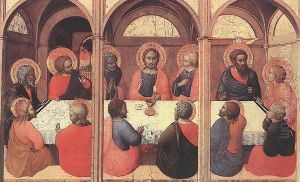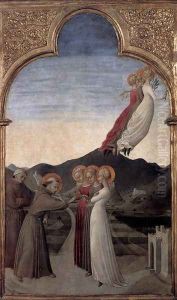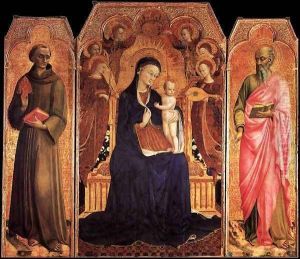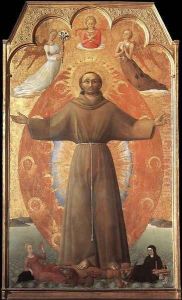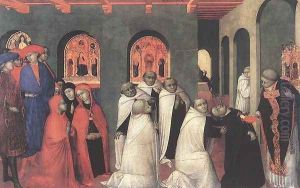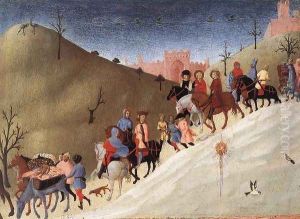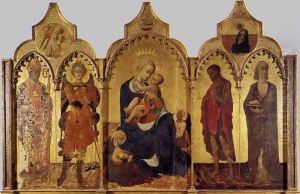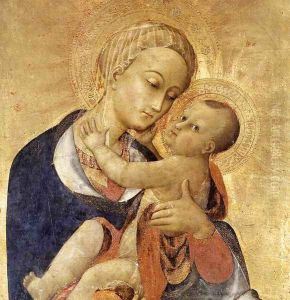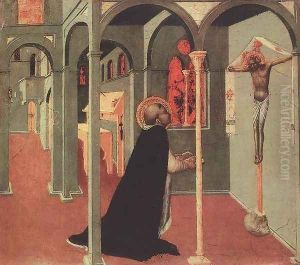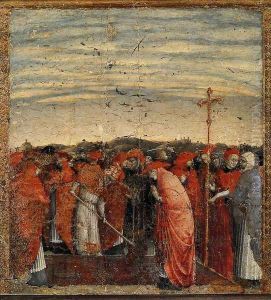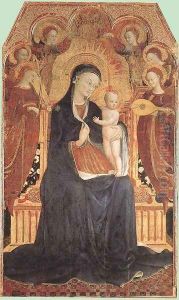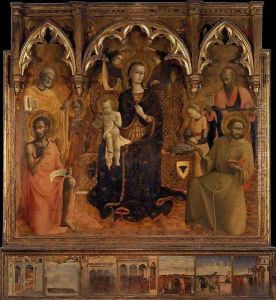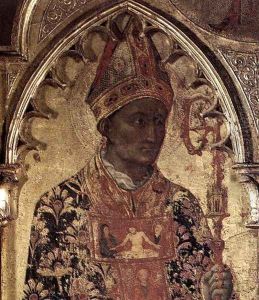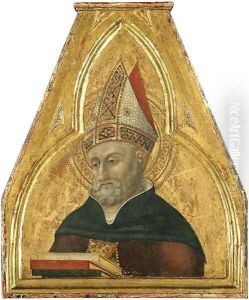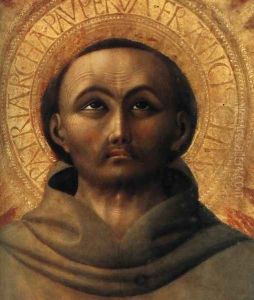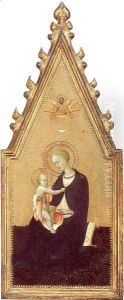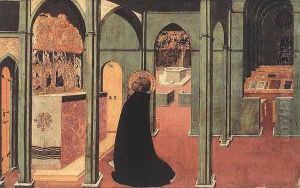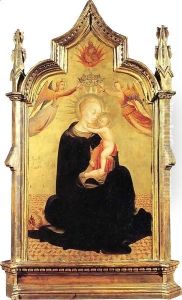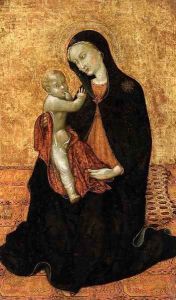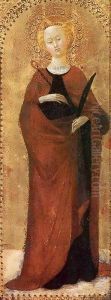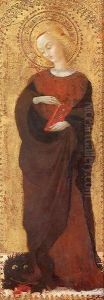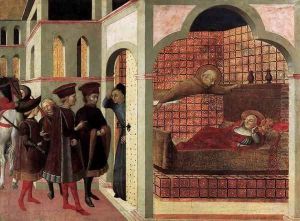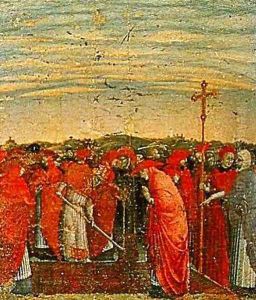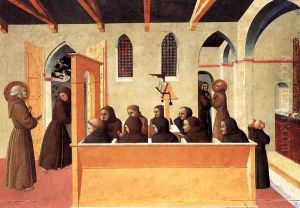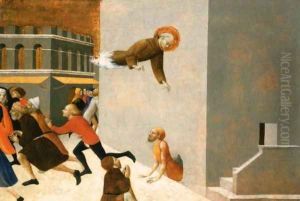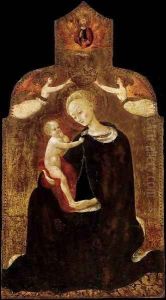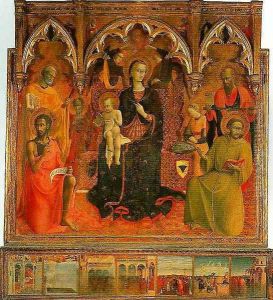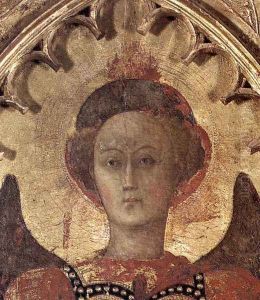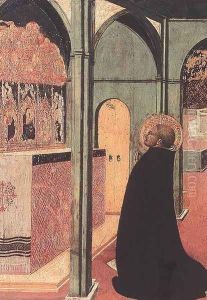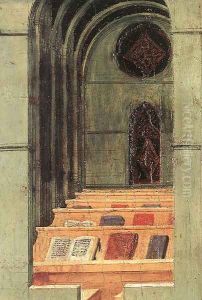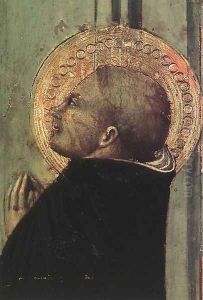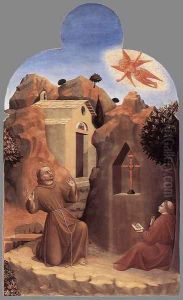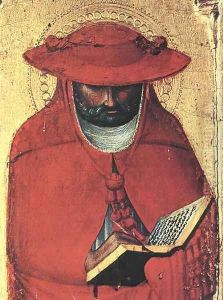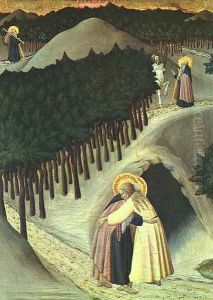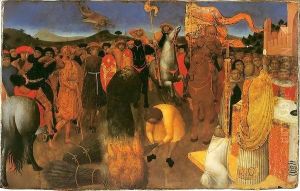Stefano Di Giovanni Sassetta Paintings
Stefano di Giovanni, known as Sassetta, was an Italian painter who is considered one of the most important representatives of Sienese Renaissance painting. His exact birth date is not known, but it is believed to be around 1392. Sassetta was highly influential in the development of the Sienese School of painting, and his works are characterized by their use of vibrant color, intricate detail, and a combination of Gothic and Renaissance elements.
Sassetta's early life and training are not well-documented, but it is assumed that he was born in Siena and was likely trained by local artists. His style suggests that he was aware of the works of contemporary Florentine painters, yet he maintained a unique approach that was rooted in the Sienese artistic traditions of the 14th century. He managed to bridge the gap between the medieval Byzantine style and the emerging Renaissance approach to art.
One of his most famous works is the 'Sansepolcro Altarpiece,' which was completed in the 1430s and is noted for its innovative use of perspective and narrative detail. This altarpiece is a prime example of how Sassetta was able to harmonize the old and the new in art, combining the iconographic richness of the Gothic period with the spatial and compositional innovations of the Renaissance.
Throughout his career, Sassetta received numerous commissions from both private patrons and religious institutions. His works include altarpieces, frescoes, and small devotional paintings. He was also known for his ability to depict emotion and spirituality, infusing his religious subjects with a sense of humanity and divine presence.
Sassetta's contribution to art was significant, and his works had a lasting impact on the Sienese School. After his death in 1450, his distinctive style continued to influence other artists in Siena and beyond. Today, his paintings can be found in major museums around the world, where they continue to be admired for their beauty and historical value. His legacy as a pivotal figure in the transition from Gothic to Renaissance art remains firmly established in the annals of art history.
